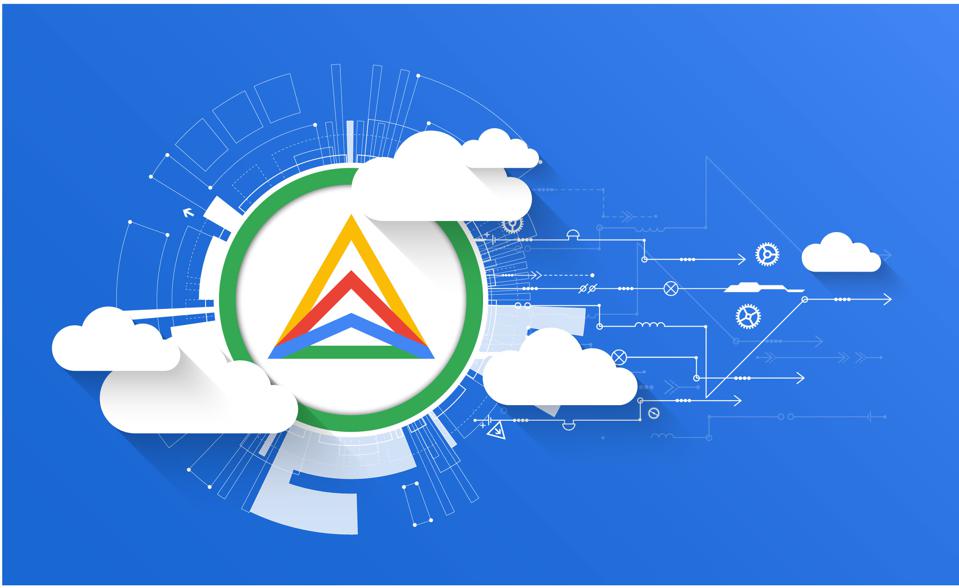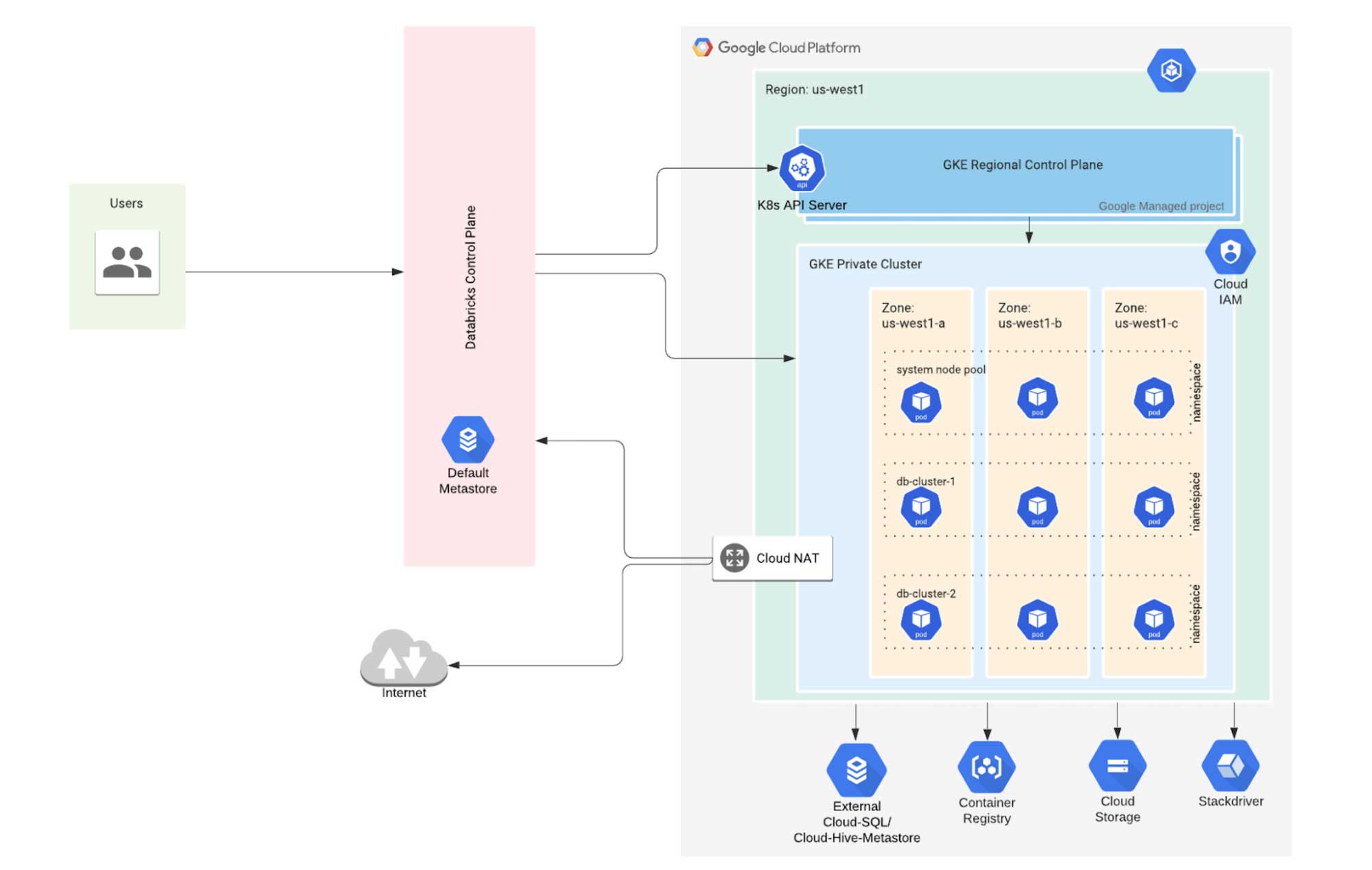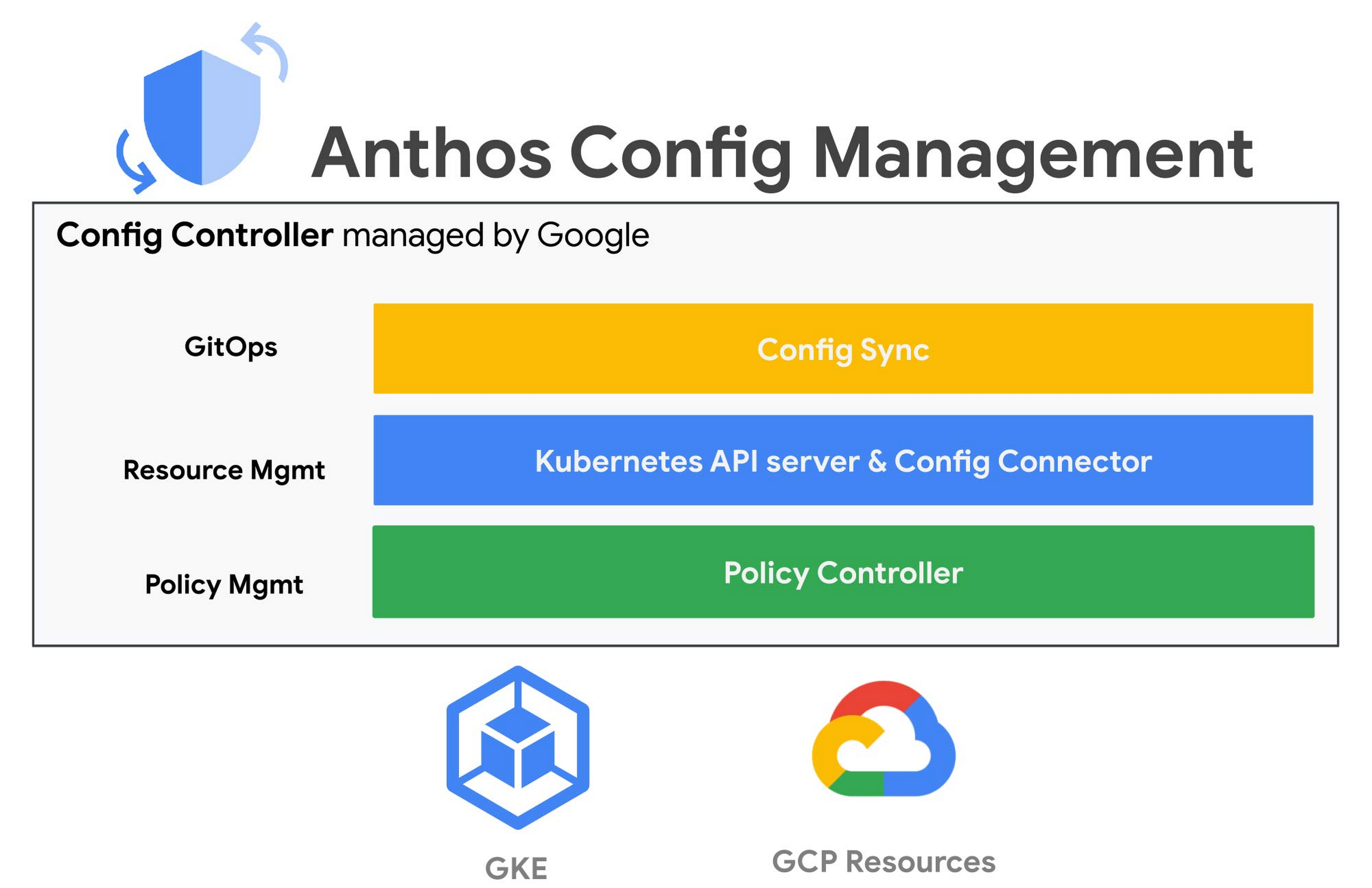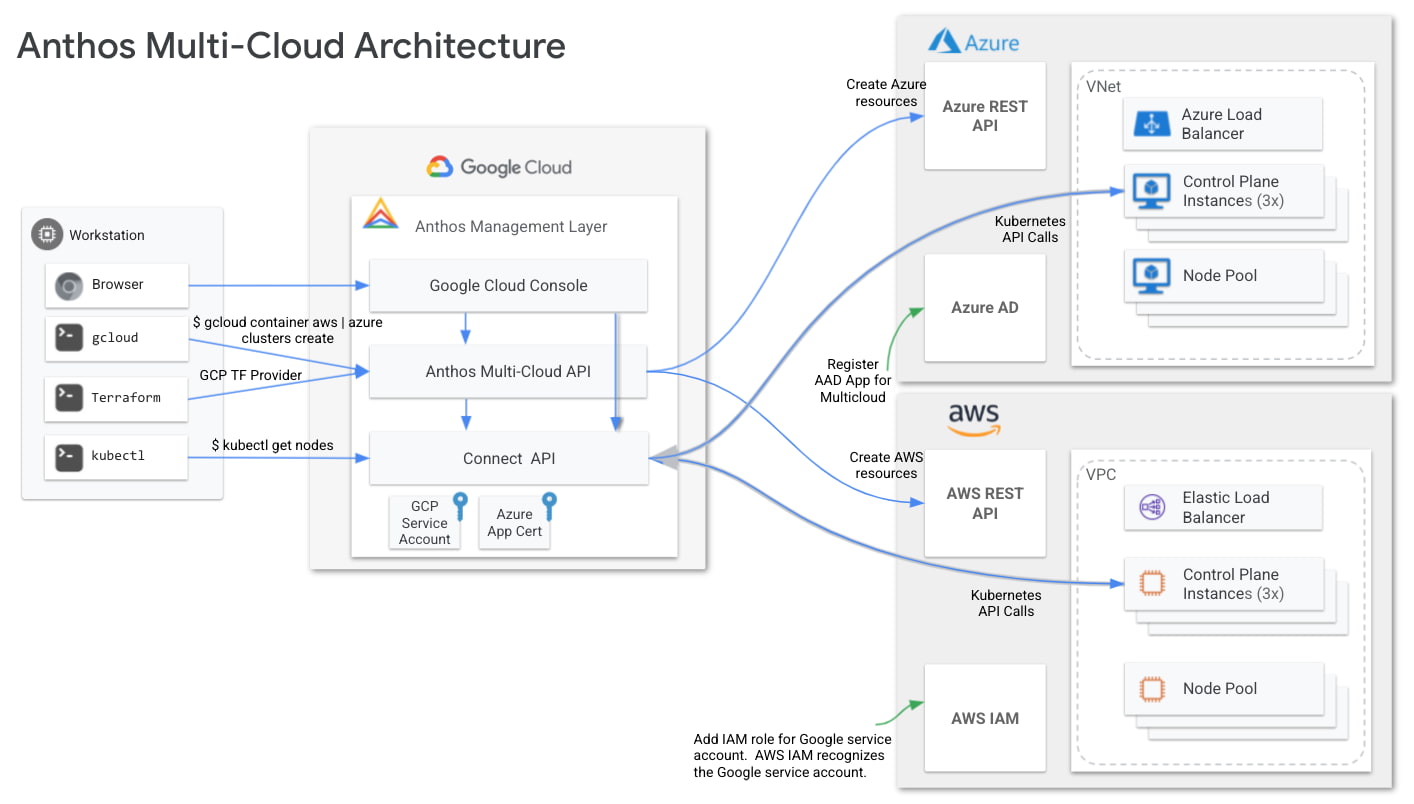What is GCP Anthos and How Does it Revolutionize Multi-Cloud Operations?
Google Cloud’s Anthos is a groundbreaking solution designed to manage multi-cloud and hybrid environments. Anthos provides a consistent operating model across various infrastructures, enabling organizations to streamline their operations and enhance efficiency. The platform comprises several key components, including Anthos GKE, Anthos Clusters, and Anthos Config Management, which work together to simplify and optimize the management of containerized applications.
Anthos GKE: Simplifying Kubernetes Management with GCP Anthos
Google Cloud’s Anthos GKE (Google Kubernetes Engine) is a powerful tool that simplifies the management of Kubernetes clusters. Anthos GKE allows organizations to run and manage containerized applications seamlessly across multiple clouds and on-premises environments, providing a consistent and unified experience. By leveraging Anthos GKE, businesses can reduce the complexity of managing containerized workloads, improve resource utilization, and accelerate application development and deployment.
Anthos Clusters: Extending GKE to On-Premises and Other Clouds with GCP Anthos
Anthos Clusters is a core component of Google Cloud’s Anthos, enabling organizations to extend the power of GKE (Google Kubernetes Engine) to their on-premises environments or other public clouds. This capability ensures consistent management and operation of containerized applications across various infrastructure landscapes, reducing complexity, and improving operational efficiency.
Anthos Config Management: Enforcing Consistency Across Clusters in GCP Anthos
Anthos Config Management is a crucial component of Google Cloud’s Anthos, designed to help organizations enforce consistent policies and configurations across their multi-cloud and hybrid environments. By utilizing Anthos Config Management, businesses can improve security, streamline operations, and reduce operational overhead, ensuring a harmonized experience when managing containerized applications across various infrastructures.
How to Implement GCP Anthos in Your Organization: A Step-by-Step Guide
Implementing Anthos in your organization can significantly improve multi-cloud and hybrid environment management. Follow these steps to successfully adopt Anthos:
- Assess infrastructure readiness: Evaluate your existing infrastructure to ensure it meets Anthos’s requirements. This may involve upgrading hardware, software, or networking components.
- Set up Anthos GKE: Create a new Anthos GKE cluster or migrate an existing GKE cluster to Anthos. This process involves configuring the cluster’s settings, such as node pools, networking, and security.
- Configure Anthos Clusters: Extend Anthos to your on-premises environments or other public clouds. This step involves deploying and configuring the Anthos Clusters management components, such as the config controller and connect gateway.
- Deploy Anthos Config Management: Implement Anthos Config Management to enforce consistent policies and configurations across your multi-cloud and hybrid environments. This process includes configuring the policy library, enabling policy controllers, and defining custom policies.
Real-World Use Cases: Success Stories from Companies Using GCP Anthos
Anthos has proven to be a valuable solution for many organizations, delivering improved operational efficiency, increased security, and enhanced multi-cloud management. Learn about some success stories from companies that have adopted Anthos:
- Global Fintech Corporation: This multinational financial technology company leveraged Anthos to manage its applications across multiple public clouds and on-premises environments. As a result, they experienced a 30% reduction in operational overhead and improved security compliance.
- Leading E-commerce Platform: A major e-commerce platform adopted Anthos to streamline its containerized application management. By implementing Anthos Config Management, they achieved consistent policies and configurations across their multi-cloud environment, reducing time-to-market for new features by 25%.
- Automotive Manufacturer: A well-known automotive manufacturer utilized Anthos to manage its applications in a hybrid environment, connecting its on-premises data centers with Google Cloud. This integration resulted in a 40% decrease in infrastructure costs and improved collaboration between development and operations teams.
Comparing Anthos to Other Multi-Cloud Management Solutions
When considering multi-cloud management solutions, organizations should evaluate Anthos alongside other popular platforms. Here’s a comparison of Anthos to other solutions, highlighting its strengths and weaknesses:
- Anthos vs. Red Hat OpenShift: While both platforms support multi-cloud and hybrid environments, Anthos offers a more seamless experience when working with Google Cloud. OpenShift, on the other hand, might be more suitable for organizations with a strong affinity for Red Hat and its ecosystem.
- Anthos vs. VMware Tanzu: Anthos focuses on managing containerized applications, while Tanzu offers a broader set of tools for modernizing applications and infrastructure. However, Anthos provides a more streamlined approach to managing multi-cloud and hybrid environments.
- Anthos vs. Azure Arc: Both Anthos and Azure Arc support managing Kubernetes clusters across multiple clouds and on-premises environments. Anthos, however, offers a more comprehensive solution for configuring and enforcing consistent policies across clusters, giving it an edge in multi-cloud management.
Staying Updated: Anthos Roadmap and Future Developments
Google Cloud is continuously improving Anthos to meet the evolving needs of organizations managing multi-cloud and hybrid environments. By staying informed about Anthos’s roadmap and future developments, businesses can leverage the platform’s full potential and adapt to changing industry trends.
- Integration with Google Cloud’s AI and Machine Learning Services: Google Cloud is working on integrating Anthos with its AI and machine learning services, enabling organizations to build and deploy intelligent applications across multiple clouds and on-premises environments.
- Enhanced Multi-Cloud Visibility and Monitoring: Google Cloud plans to improve Anthos’s monitoring and observability capabilities, allowing organizations to gain deeper insights into their multi-cloud and hybrid environments, and proactively address potential issues.
- Simplified Networking and Security Management: Google Cloud aims to make Anthos’s networking and security management even more seamless, reducing the complexity of managing security policies and network configurations across multiple clouds and on-premises environments.
By staying updated on Anthos’s roadmap and future developments, organizations can ensure they are making the most of their investment in the platform and preparing for the future of multi-cloud and hybrid management.







